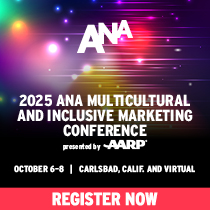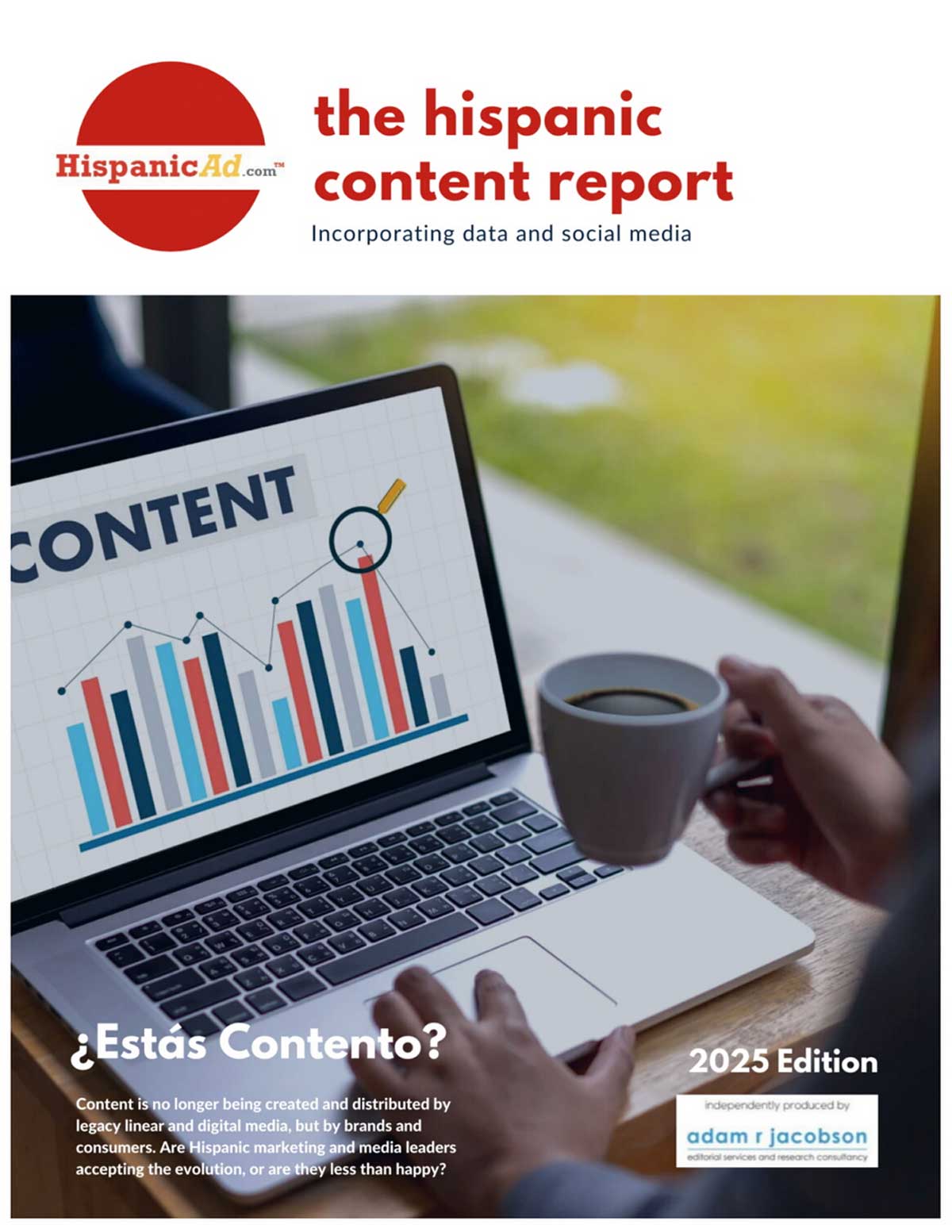 The majority of vacationers spend more money than expected when traveling (68 percent), often relying on credit cards to make up the difference, according to a new survey commissioned by Experian.
The majority of vacationers spend more money than expected when traveling (68 percent), often relying on credit cards to make up the difference, according to a new survey commissioned by Experian.
Research
Millennials rely heavily on credit for their vacations
Will Marketers Ever Grasp Social ROI Measurement?
![]() Nearly nine in 10 US companies with 100-plus employees will use social media for marketing purposes this year, eMarketer estimates. However, marketers still struggle to measure the value of such efforts, based on a March 2015 study by Simply Measured and TrustRadius.
Nearly nine in 10 US companies with 100-plus employees will use social media for marketing purposes this year, eMarketer estimates. However, marketers still struggle to measure the value of such efforts, based on a March 2015 study by Simply Measured and TrustRadius.
Marketers Value Intent Data, but Struggle with Application
![]() Intent data can help marketers understand and target consumers appropriately during the path to purchase.
Intent data can help marketers understand and target consumers appropriately during the path to purchase.
How Our Brains Process Price Information
 We have a complex psychological relationship with pricing. A new brain scanning study out of Harvard and Stanford starts to pick apart the dynamics of that relationship.
We have a complex psychological relationship with pricing. A new brain scanning study out of Harvard and Stanford starts to pick apart the dynamics of that relationship.
America, Hispanics, and Multicultural Marketing [INSIGHT]
 But what about today’s Hispanics? Will they go the way of prior immigrants and amalgamate into the category of “white,” “black” or “Asian?” By David Morse / New America Dimensions
But what about today’s Hispanics? Will they go the way of prior immigrants and amalgamate into the category of “white,” “black” or “Asian?” By David Morse / New America Dimensions
Is being Hispanic a matter of race, ethnicity or both?
![]() Federal policy defines “Hispanic” not as a race, but as an ethnicity. And it prescribes that Hispanics can in fact be of any race. But these census findings suggest that standard U.S. racial categories might either be confusing or not provide relevant options for Hispanics to describe their racial identity. By Ana Gonzalez-Barrera and Mark Hugo Lopez
Federal policy defines “Hispanic” not as a race, but as an ethnicity. And it prescribes that Hispanics can in fact be of any race. But these census findings suggest that standard U.S. racial categories might either be confusing or not provide relevant options for Hispanics to describe their racial identity. By Ana Gonzalez-Barrera and Mark Hugo Lopez
Internet of Things Driving New Era of “Living Services” [REPORT]
![]() The report, titled “The Era of Living Services,” predicts a new era of highly sophisticated “living services” that can learn and tailor themselves in real-time to meet the changing needs of consumers, workers, patients and citizens.
The report, titled “The Era of Living Services,” predicts a new era of highly sophisticated “living services” that can learn and tailor themselves in real-time to meet the changing needs of consumers, workers, patients and citizens.
Multiracial in America – Proud, Diverse and Growing in Numbers [REPORT]
![]() As America becomes more racially diverse and social taboos against interracial marriage fade, a new Pew Research Center survey finds that majorities of multiracial adults are proud of their mixed-race background (60%) and feel their racial heritage has made them more open to other cultures (59%).
As America becomes more racially diverse and social taboos against interracial marriage fade, a new Pew Research Center survey finds that majorities of multiracial adults are proud of their mixed-race background (60%) and feel their racial heritage has made them more open to other cultures (59%).
Three Stats To Know About Teens Today
![]() When studying young consumers, we look at more than just Millennials overall. In order to understand the generation, we focus in on males, females, college students, parents, and more to understand the way that their behavior and preferences might vary. So of course our monthly surveys of young consumers include stats on teens as well—and we can tell you that there are definitely ways that they differ from their older peers. They have different taste in music. They text more.
When studying young consumers, we look at more than just Millennials overall. In order to understand the generation, we focus in on males, females, college students, parents, and more to understand the way that their behavior and preferences might vary. So of course our monthly surveys of young consumers include stats on teens as well—and we can tell you that there are definitely ways that they differ from their older peers. They have different taste in music. They text more.
Teens Are More Entrepreneurial Than Ever; What Your Brand Can Do To Connect
 When I was a teen, getting a job usually meant one thing: flipping burgers at a local fast-food chain. Today, teens are just as likely to launch their own businesses as to take an entry-level job.
When I was a teen, getting a job usually meant one thing: flipping burgers at a local fast-food chain. Today, teens are just as likely to launch their own businesses as to take an entry-level job.
Asian-American Buying Power Increased By More Than $50 Billion In One Year — Expected To Hit $1 Trillion By 2018
![]() Nielsen has released the third edition of its Asian-American consumer report: Asian-Americans: Culturally Connected and Forging the Future—profiling the fastest-growing and most racially diverse segment of the U.S. multicultural majority.
Nielsen has released the third edition of its Asian-American consumer report: Asian-Americans: Culturally Connected and Forging the Future—profiling the fastest-growing and most racially diverse segment of the U.S. multicultural majority.
Hispanic Shopper Spending highest in 3 Years [INFOGRAPHIC]
 Univision Communications Inc. (UCI) released The Why? Behind The Buy™ U.S. Hispanic Shopper Study that provides valuable insights into U.S. Hispanic shopper behavior. As the U.S. Hispanic population grows, this report will help CPG companies and retailers develop marketing strategies to best attract and win with this important consumer segment.
Univision Communications Inc. (UCI) released The Why? Behind The Buy™ U.S. Hispanic Shopper Study that provides valuable insights into U.S. Hispanic shopper behavior. As the U.S. Hispanic population grows, this report will help CPG companies and retailers develop marketing strategies to best attract and win with this important consumer segment.
Pharmaceutical Companies lag behind in Hispanic Targeted Ad Spending [INSIGHT]
 According to a new report from AHAA: the Voice of Hispanic Marketing, pharmaceutical marketers increased their aggregate Hispanic advertising investment by only 4 percent between 2010 and 2014 to $165 million. Among the top 500 U.S. advertisers, the pharmaceutical category allocation to Hispanic dedicated media remained basically unchanged at 2.5 percent, which is significantly less than the national average of 8.5 percent.
According to a new report from AHAA: the Voice of Hispanic Marketing, pharmaceutical marketers increased their aggregate Hispanic advertising investment by only 4 percent between 2010 and 2014 to $165 million. Among the top 500 U.S. advertisers, the pharmaceutical category allocation to Hispanic dedicated media remained basically unchanged at 2.5 percent, which is significantly less than the national average of 8.5 percent.
The Multicultural Real Estate Opportunity [INSIGHT]
![]() By mid-century, the U.S. will be a “majority minority” nation. In 2010, slightly more than six in 10 Americans were classified as white non-Hispanic. By 2060, fewer than five in 10 will be, according to the U.S. Census Bureau. Right now, some 51% of children aged 9 and under have multicultural origins.
By mid-century, the U.S. will be a “majority minority” nation. In 2010, slightly more than six in 10 Americans were classified as white non-Hispanic. By 2060, fewer than five in 10 will be, according to the U.S. Census Bureau. Right now, some 51% of children aged 9 and under have multicultural origins.
Can Marketing Tech Adoption Catch Up to Data Adoption?
![]() Gathering data is critical for marketers, but in order to act on insights gleaned from all of the information collected, the right tools and skills are necessary. An April 2015 study by the Direct Marketing Association (DMA) and Winterberry Group found that while marketers acknowledged the demand for data integration, they were behind in implementing the technology and training needed to do so.
Gathering data is critical for marketers, but in order to act on insights gleaned from all of the information collected, the right tools and skills are necessary. An April 2015 study by the Direct Marketing Association (DMA) and Winterberry Group found that while marketers acknowledged the demand for data integration, they were behind in implementing the technology and training needed to do so.
Empowered Consumers Changing the Future of Retail [REPORT]
![]() UPS and comScore, Inc. released the fourth UPS Pulse of the Online Shopper U.S. study revealing changes in consumer shopping preferences and buying behavior.
UPS and comScore, Inc. released the fourth UPS Pulse of the Online Shopper U.S. study revealing changes in consumer shopping preferences and buying behavior.
Streaming services fuel consumers’ appetite [REPORT]
![]() Streaming video services, now used by more than 42 percent of American households, are heavily changing media consumption habits across generations, according to the ninth edition of the Deloitte “Digital Democracy Survey”. The study reveals that streaming content has overtaken live programming as the viewing method-of-choice, with 56 percent of consumers now streaming movies and 53 percent streaming television on a monthly basis, as compared to 45 percent of consumers preferring to watch television programs live. Moreover, younger viewers have moved to watching TV shows on mobile devices rather than on television. Among Trailing Millennials (age 14-25), nearly 60 percent of time spent watching movies occurs on computers, tablets and smartphones, making movie viewing habits decidedly age-dependent.
Streaming video services, now used by more than 42 percent of American households, are heavily changing media consumption habits across generations, according to the ninth edition of the Deloitte “Digital Democracy Survey”. The study reveals that streaming content has overtaken live programming as the viewing method-of-choice, with 56 percent of consumers now streaming movies and 53 percent streaming television on a monthly basis, as compared to 45 percent of consumers preferring to watch television programs live. Moreover, younger viewers have moved to watching TV shows on mobile devices rather than on television. Among Trailing Millennials (age 14-25), nearly 60 percent of time spent watching movies occurs on computers, tablets and smartphones, making movie viewing habits decidedly age-dependent.
Younger and Living Longer: Multicultural Consumers offer Brand Loyalty Longevity [INSIGHT]
![]() Touted as the fastest growing segment of the U.S. population, multicultural consumers have another advantage in the marketplace: They’re young and living longer.
Touted as the fastest growing segment of the U.S. population, multicultural consumers have another advantage in the marketplace: They’re young and living longer.
The Importance Of Third-Party Measurement
![]() In the media advertising business, third-party measurement is a cornerstone providing the facilitation of commerce. It has been thus at least since 1929, when old Archibald Crossley started calling folks to see what they listened to on the radio the prior day. Third-party research — especially audited, accredited third-party research— has always ignited whatever ad market the research served. For example, the early history of television in the United States and the history of the Nielsen ratings are inextricably intertwined.
In the media advertising business, third-party measurement is a cornerstone providing the facilitation of commerce. It has been thus at least since 1929, when old Archibald Crossley started calling folks to see what they listened to on the radio the prior day. Third-party research — especially audited, accredited third-party research— has always ignited whatever ad market the research served. For example, the early history of television in the United States and the history of the Nielsen ratings are inextricably intertwined.
OOH connecting with Consumers near Point of Purchase
A new study released by the Outdoor Advertising Association of American (OAAA) found out of home (OOH) advertising can intercept consumers near or at the point of purchase better than any other ad medium.


























